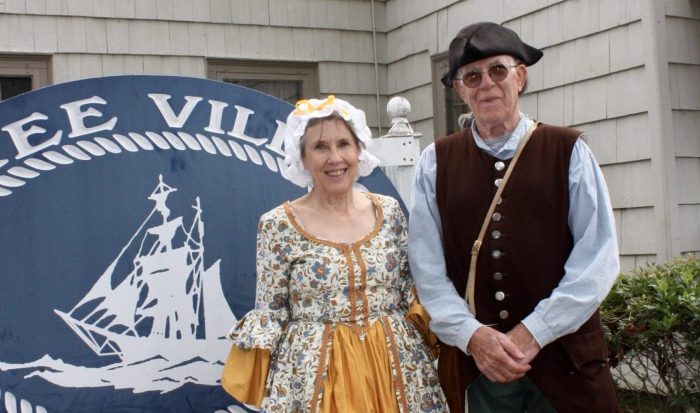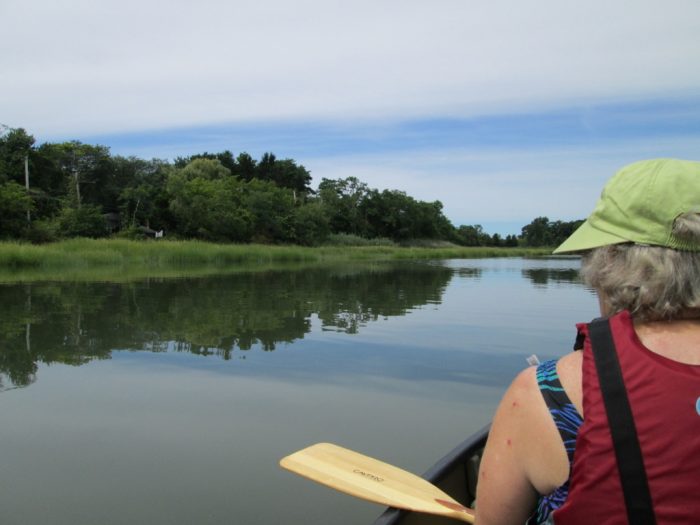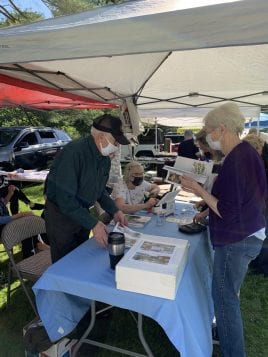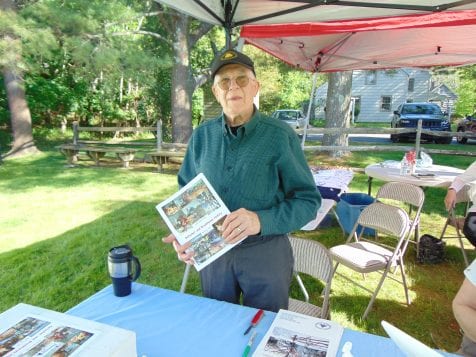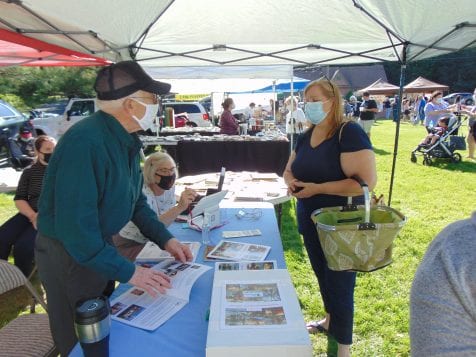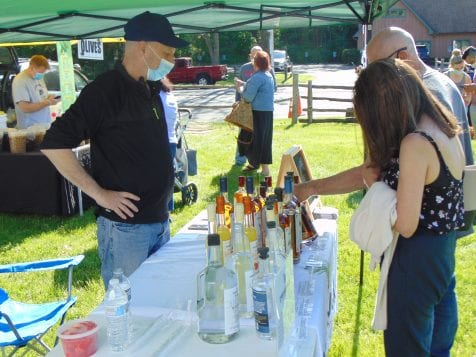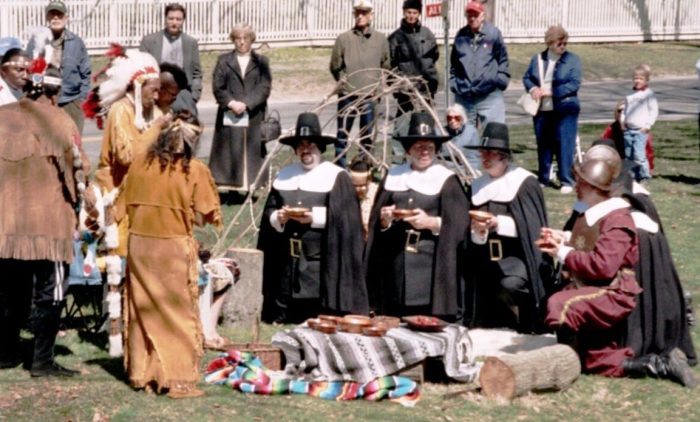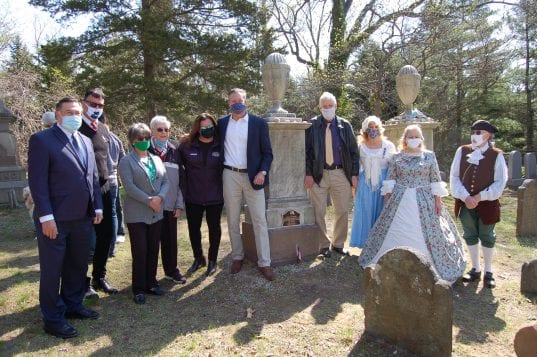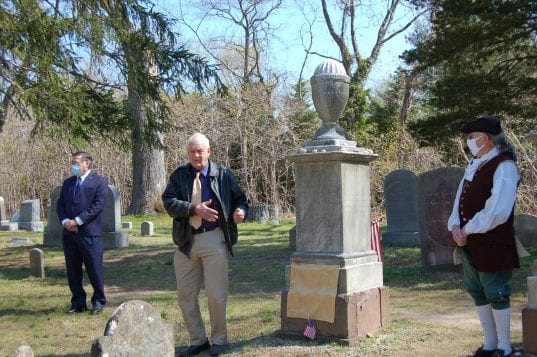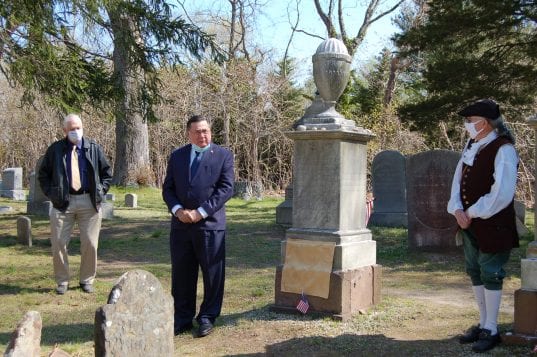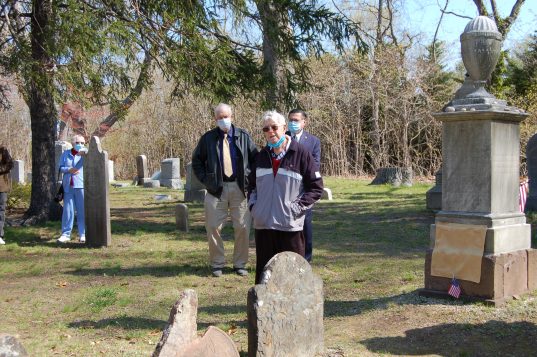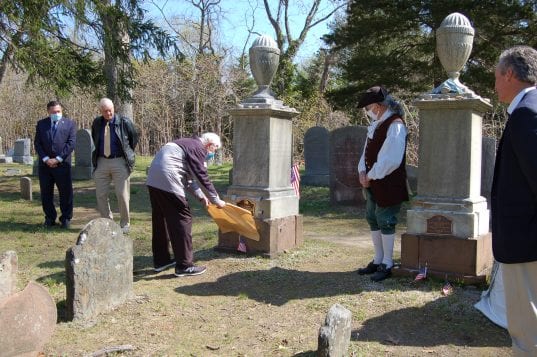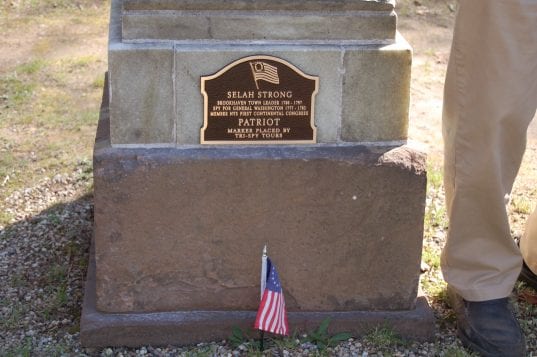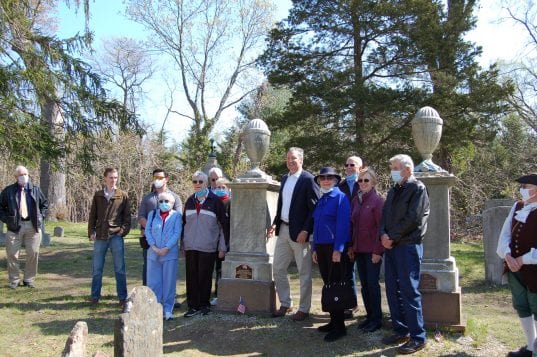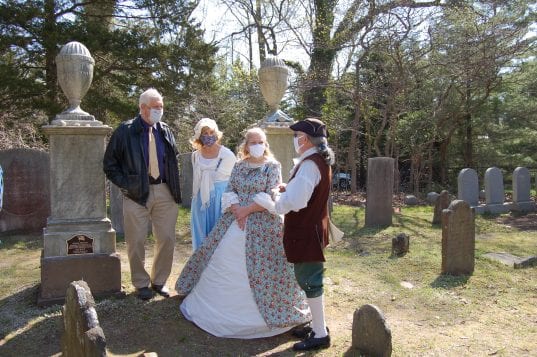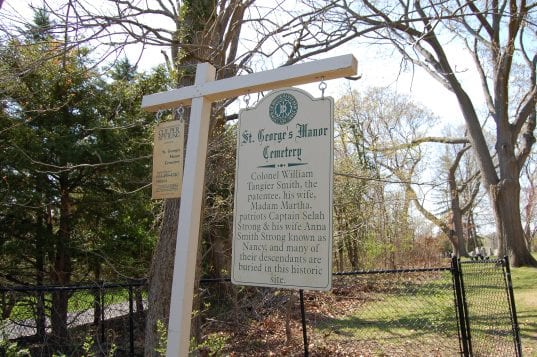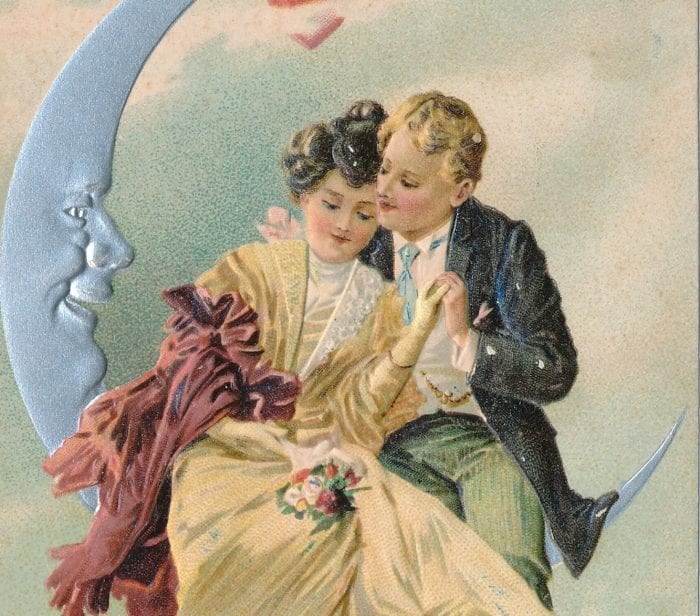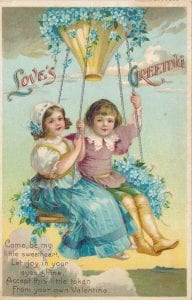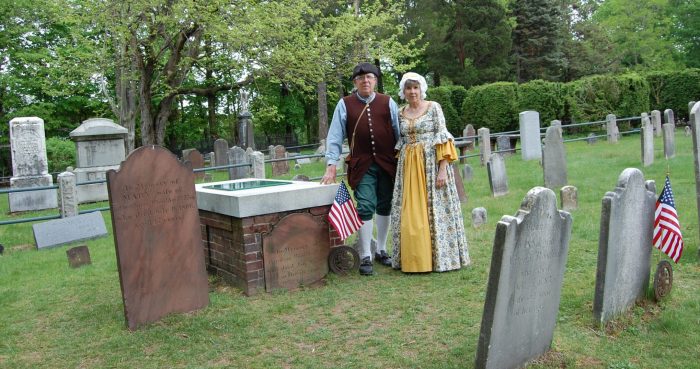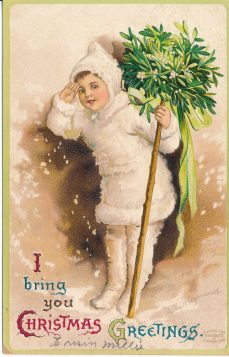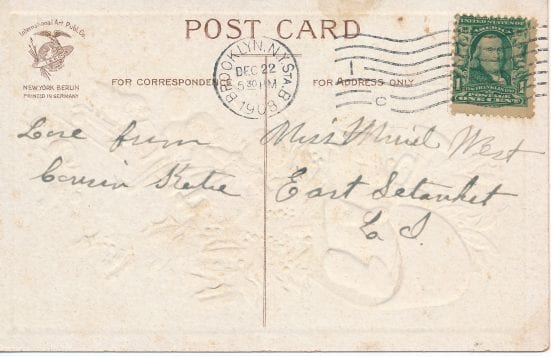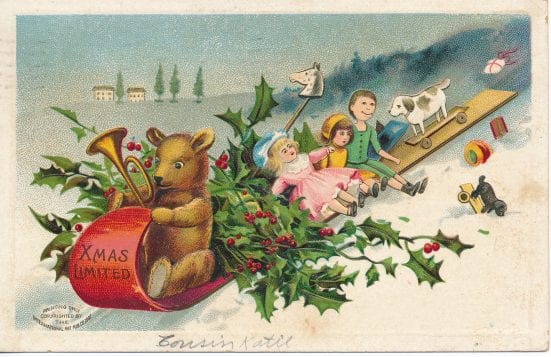Reviewed by Jeffrey Sanzel
“The success of Long Island shipbuilding was due in part to its rural location and the three things Long Island had in abundance — water, men and material. Surrounded by water, Long Island was an ideal location for shipbuilding.”
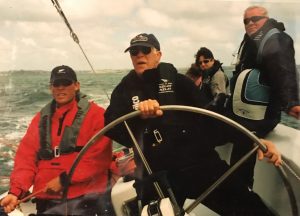
Last fall, History Close at Hand published Beverly C. Tyler’s informative Setauket and Brookhaven History Through the Murals of Vance Locke. His most recent offering is Down the Ways – The Wooden Ship Era. Subtitled “East Setauket Shipbuilders, Ship Captains, Maritime Trades and Dyer’s Neck Homes,” the book is a celebration of an industry seen through a very local prism.
As with his earlier work, Tyler leads with the deepest and sincerest respect for the indigenous people of Long Island — and, in particular, the Setalcotts. And while the title suggests a narrow exploration, the introductory pages place the topic in context. Fiscal, political, and agricultural information is presented, including the influence of the Erie Canal and the effects of the War of 1812.
Tyler references a wide range of sources, some dating back to the seventeen century. His research is meticulous, organized, and marvelously well-documented, with facts and figures as well as many dates to give the arc of the shipbuilding experience. Here are shipbuilders and ship workers, captains and crewmen. The rise and fall of the whaling industry and life on the sea give additional scope. Tyler does not shy away from touching on complicated issues, including slavery and the freed descendants whose treatment onboard was little better.
The focus of the book is on one area adjacent to Setauket Harbor. Tyler has cleverly constructed Down the Ways as a tour of the Dyer’s Neck Historic District. There are thirty-two stops, beginning on Bayview Avenue and ending with Scott’s Cove. A history of the place, its relationship to the shipbuilding industry, and the home’s inhabitants are vividly presented with each location. Facts blend with interesting trivia. These include Thomas W. Rowland, who had twelve children — six by each of his two wives; Mary Swift Jones’ voyage to eastern Asia, including Japan and China; Town of Brookhaven historian Barbara M. Russell’s account of Shore Acres boarding house; among other anecdotes.
In addition, detailed but succinct descriptions of a range of careers and businesses, including blacksmith, ship joiner, carpenter, and ship chandlery, are explained. (A special note of the use of color in the text will make it easier for younger readers to discern the shift in focus and allow for easy location of information. Little doubt that this book will be an excellent resource for both the general reader and the student studying Long Island history.)
 A special section focuses on the author’s grandfather, Captain Beverly Swift Tyler, who was a ship captain, boat builder, racing sailor, and boarding house owner. This unique and personal inclusion further brings to life the living history element of the writer’s undertaking.
A special section focuses on the author’s grandfather, Captain Beverly Swift Tyler, who was a ship captain, boat builder, racing sailor, and boarding house owner. This unique and personal inclusion further brings to life the living history element of the writer’s undertaking.
Visually, this is a striking tome. Down the Ways includes reproductions of maps, paintings, murals, clips of period newspapers, and a wealth of beautiful photos, both historical and current. All of them have been richly integrated into the text. In addition, dozens of pictures juxtaposing the current residence with those from early periods display both the changes and what remains the same.
Down the Ways is more than just a book. It is an opportunity to explore a Long Island neighborhood in a completely different way. So, pick up a copy of the book, make your way to 41 Bayview Avenue, and let Beverly C. Tyler guide you on a course that will take you on an enlightening journey through time and place
ABOUT THE AUTHOR:
Beverly C. Tyler is a writer, author, photographer and lecturer on local history. He has conducted walking tours and field trips as Revolutionary War farmer and spy Abraham Woodhull and as a 19th-century ship captain.
Mr. Tyler writes a local history column “History Close at Hand” for the TBR Newspapers’ Village Times Herald. He has written more than 900 local history articles since 1975. His most recent book, Setauket and Brookhaven History through the Murals of Vance Locke was published in November 2020.
Down the Ways — The Wooden Ship Era is available through the Three Village Historical Society online gift shop at www.tvhs.org.



